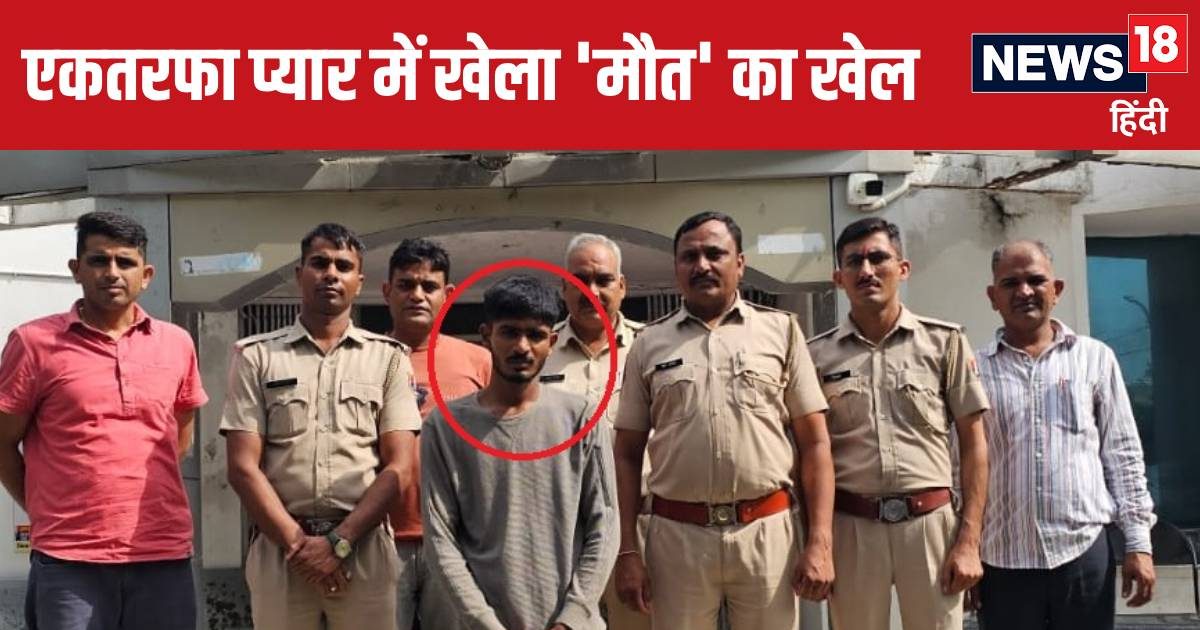The Gujarat government has approved the bifurcation of Banaskantha district to form a new administrative unit named Vav-Tharad district, with its headquarters in Tharad town. The move was approved during a cabinet meeting chaired by chief minister Bhupendra Patel on Wednesday.
This decision will increase the number of districts in Gujarat to 34. State health minister and government spokesperson Rushikesh Patel said the creation of the new district addresses a longstanding public demand and aims to enhance administrative efficiency.
“The state cabinet has given its nod to divide Banaskantha into two districts in the larger interest of people and the old public demand.Currently, people have to travel 35 to 85 km to reach the Banaskantha district headquarters in Palanpur for various works,” Patel told news agency PTI.
The spokesperson added that, Banaskantha, which has 14 talukas, is the second-largest district in Gujarat by area and currently houses the highest number of talukas in the state.
Vav Tharad district
The newly created Vav-Tharad district will encompass eight talukas: Vav, Tharad, Bhabhar, Dhanera, Suigam, Lakhni, Deodar, and Kankrej. It will also include the municipalities of Tharad, Bhabhar, Dhanera, and Thara.
According to Patel, Vav-Tharad district will cover an area of 6,257 square kilometres.
Banaskantha district
The remaining six talukas—Palanpur, Danta, Amirgadh, Dantiwada, Vadgam, and Deesa—will continue to form Banaskantha district, along with Palanpur and Deesa municipalities. Palanpur will remain the administrative headquarters of Banaskantha.
It will now span 4,486 square kilometres.
Patel also informed that the districts will comprise approximately 600 villages each.
“The chief minister has divided villages into both districts (Banaskanth and proposed Vav Tharad) equally so that each district will comprise around 600 villages. After the split, Vav-Tharad district will be spread across 6,257 square km while Banaskantha’s area will be 4,486 square km,” said Patel.
“This decision to split Banaskantha into two districts has been taken to reduce the burden on the administration and to cater to the people effectively,” he added.




